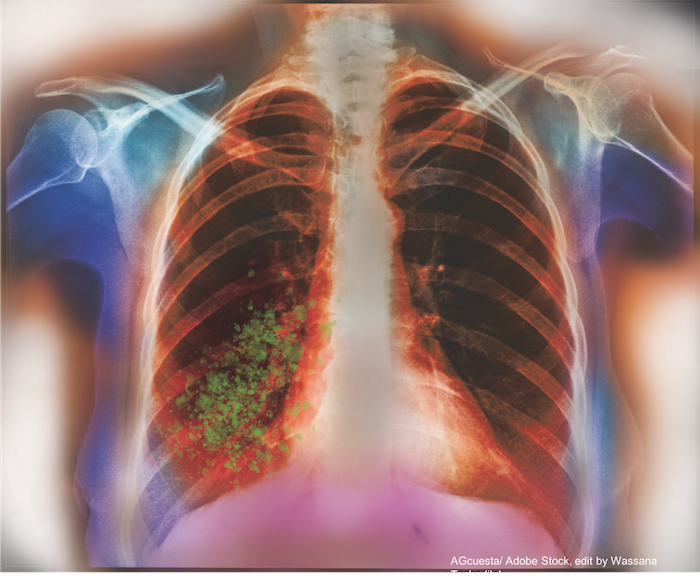Sulbactam-Durlobactam Effective Against Hospital-Acquired ABC Infections
The combination antibiotic was equally effective against both monomicrobial and polymicrobial Acinetobacter baumannii-calcoaceticus Complex infections.

Treatment with the combination antibiotic sulbactam-durlobactam (SUL-DUR; Xacduro; Entasis Therapeutics) resulted in lower mortality and higher clinical cure and microbiological eradication compared with colistin in individuals with hospital-acquired Acinetobacter baumannii-calcoaceticus complex (ABC) infections.
Data from the phase 3 ATTACK clinical trial (NCT03894046) were presented at IDWeek 2023, October 11-14 in Boston, Massachusetts. SUL-DUR, which is an intravenous drug combining sulbactam, a beta-lactam antibacterial, and durlobactam, a beta-lactamase inhibitor, was recently approved by the FDA for the treatment of hospital-acquired bacterial pneumonia and ventilator-associated bacterial pneumonia caused by Acinetobacter baumannii.
The phase 3, randomized, controlled, noninferiority trial compared SUL-DUR versus colistin in individuals with monomicrobial and polymicrobial ABC infections, randomly assigned to receive either 1.0 g sulbactam/1.0 g durlobactam IV infused over 3 hours every 6 hours plus 1.0 g imipenem/1.0 g cilastatin IV infused over 1 hour every 6 hours, or 2.5 mg/kg colistin IV infused over 30 minutes every 12 hours (after an initial loading dose of colistin 2.5 to 5 mg/kg) plus 1.0 g imipenem/1.0 g cilastatin IV infused over 1 hour every 6 hours, with a treatment duration of 7 to 14 days.
Overall, treatment with SUL-DUR reduced 28-day all cause mortality, the primary end point, by 13.2% compared with colistin (19%, 12/63 vs 32.3%, 20/62, respectively). Outcomes for individuals in the treatment arm were similar regardless of monomicrobial or polymicrobial ABC infections; however, individuals in the control arm with monomicrobial infections had higher mortality rates and worse clinical and microbiological outcomes than those with polymicrobial infections.
Among the 12 participants in the SUL-DUR arm who died, 4 were attributed to the index infection (33.3% each for mono- vs polymicrobial infection) compared with 10 in the control arm (46.7% monomicrobial vs 60% polymicrobial infection). Notably, 35% of patients treated with colistin who had monomicrobial ABC infection died compared with 17% in the SUL-DUR group.
A greater portion of those in the SUL-DUR arm reached clinical cure and favorable microbiological outcome at time of cure (7+2 days) compared with the colistin group (SUL-DUR: 64% clinical cure [mono] vs 59% [poly]; Colistin: 35% [mono] vs 53% [poly]; SUL-DUR: 67% favorable microbiological outcome [mono] vs 70% [poly]; Colistin: 33% [mono] vs 63% [poly]).
Further, 57% of co-infecting Gram-negative pathogens in the SUL-DUR arm at baseline were non-susceptible to imipenem; however, the addition of durlobactam restored susceptibility to 85% of those pathogens, including those with multi-drug resistance.
"These results suggest that SUL-DUR plus a carbapenem could be an effective treatment for polymicrobial infections that include ABC," the authors concluded, noting that "additional clinical data are needed to demonstrate efficacy."
Click here for more coverage of IDWeek 2023.
